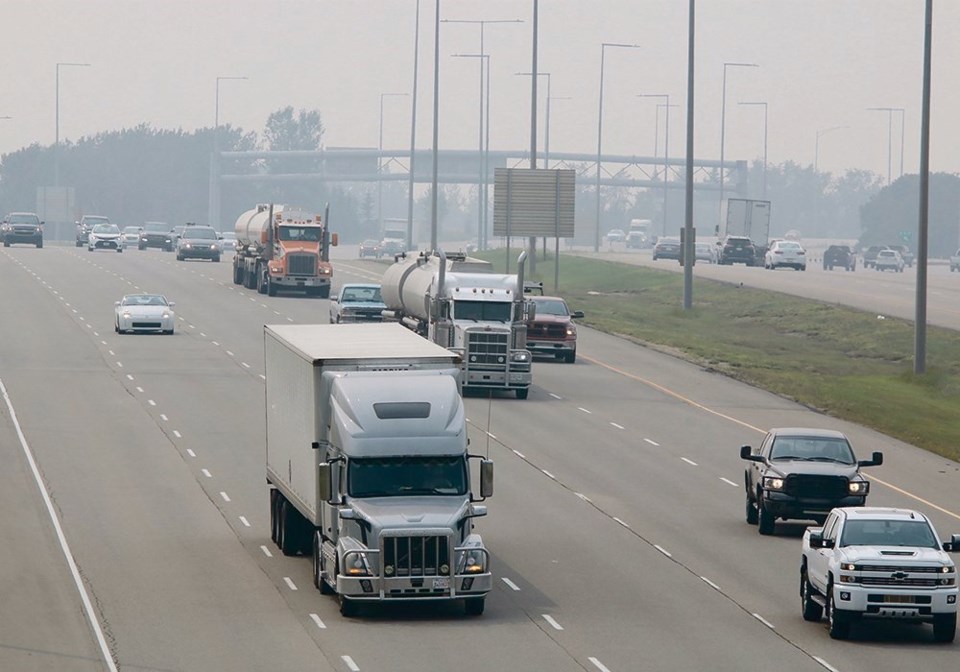Prairie agricultural commodities must be able to reach tidewater or there won’t be an industry. It’s as simple as that.
That is why a recent presentation by Carlo Dade of the Canada West Foundation is so alarming.
The director of the foundation’s Trade and Investment Centre told the CrossRoads Crop Conference in Calgary that Canada doesn’t plan major transportation projects as part of a national long-term strategy.
” Dade said this country is unable “to understand our integrated supply and production networks: the entire coast-to-coast system for the movement of goods, inputs and products — how what happens in one asset class impacts another asset class and how (an) increase in one area of trade impacts the movement of goods in other sectors.”
He said Canadian officials trust that somehow each investment is the best use of taxpayer dollars to improve the system.
“No other jurisdiction does that, and they don’t do it for a reason.”
It was a sobering wake-up call, considering Canada’s dependence on shipping goods to port.
Some will use the Canada Infrastructure Bank to argue that the situation isn’t nearly as dire as Dade claims. The federal crown corporation, which the Liberal government formed in 2017, has a mandate to invest in infrastructure that benefits Canadians.
The bank has been under fire from critics almost from the day it was formed, mainly for its lack of transparency, poor efficiency and high costs.
Even if many of these charges are unfounded and the bank is effectively meeting its mandate, it still doesn’t address Dade’s primary concern — lack of a national strategy for transportation infrastructure.
As he said in Calgary, the problem isn’t necessarily a lack of investment. Rather, it is the lack of a national strategy that indicates where best to invest.
Efforts have been made to improve the situation. For example, the federal government set up the grain monitor program more than 20 years ago to track the efficiency of grain movement.
It was an admirable idea that has worked well, but it isn’t a national infrastructure strategy.
Then there’s the Trans Mountain Pipeline, which is almost finished and will soon move oil from Alberta to the West Coast.
The project, which the federal Liberals pulled back from the brink in 2018, will free up rail transportation capacity for other sectors, such as agriculture.
But again, the successful construction of this pipeline is far removed from a nation-wide vision for what needs to be built and where it should be built.
It’s not good enough to invest project by project and hope it all makes sense in the long run. A long-term, forward-thinking plan is required. Without it, the temptation to focus on projects that promise the best political return is too great.
Not every jurisdiction operates this way. Australia has Infrastructure Australia, which among other things helps set priorities for nationally significant infrastructure projects.
Establishing something similar here might seem daunting, but maybe it wouldn’t be that hard. We live in a hyper-partisan time, but since everyone agrees that the country must do better at moving products to market, maybe it’s possible to get everyone on the same page.
Dade has given us something to think about, and all industry, including agriculture, must pay attention.
To use a football analogy, he has thrown a pass toward the end zone. Who is going to catch the ball and run with it?
Karen Briere, Bruce Dyck, Barb Glen, Michael Robin, Robin Booker and Laura Rance collaborate in the writing of Western Producer editorials.




